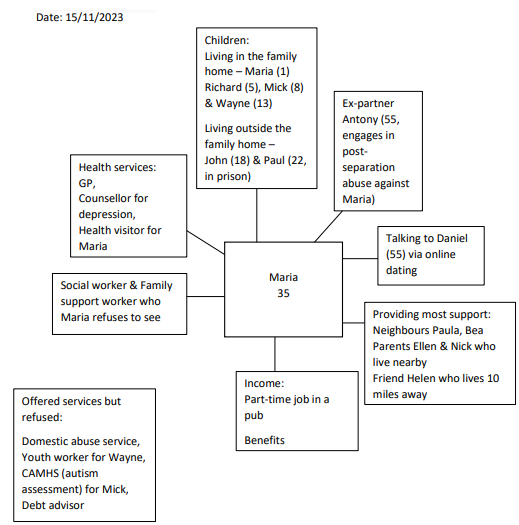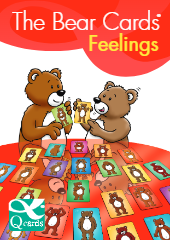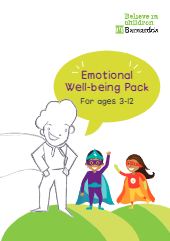(You can download the guidance below in a PDF document here and a Word Ecomap Template here.)
Ecomap Overview
An ecomap is a key visual aid in social work, aimed at mapping and understanding a client’s personal
and social connections. It provides an in-depth view of the complex interactions and influences in a
person’s life, especially in relation to their environment. Unlike genograms, which focus on family
relationships, ecomaps include a broader range of social and support networks.
Purpose of an Ecomap
1. Analysing Relationships: Ecomaps are essential for examining the nature and intensity of an
individual’s relationships. They extend beyond family connections to cover various social
interactions, offering insights into family dynamics and the mix of supportive and challenging
aspects within the family.
2. Identifying Support and Stress Sources: Ecomaps are instrumental in identifying where support
and stress come from, highlighting both positive and negative influences. They assess each family
member’s links to social support systems, such as housing, income support, counselling, and
justice programs, and evaluate the quality of these links.
3. Providing a Comprehensive Overview: Ecomaps offer a wide-ranging view of a person’s
interactions with their surroundings, including community ties like friends, neighbours, clubs, and
spiritual groups, as well as the family’s overall engagement with the external environment.
4. Enabling Customised Interventions: The detailed insights from ecomaps help social workers
devise tailored interventions. They identify areas needing more resources or support and check
for any overlap in services to ensure efficient and effective assistance.
Creating an Ecomap
1. Begin with a Central Circle: On a whiteboard or paper, draw a large circle in the centre, labelling
it with the client’s name.
2. Identify Key Elements: Encourage the client to list various aspects of their life, such as:
- Family Members: Immediate and extended family, including parents, siblings, grandparents,
and other relatives. - Friends and Peers: Close friends, acquaintances, and peers who play a role in the client’s social
life. - Educational or Work Connections: Teachers, classmates, colleagues, and supervisors,
indicating the client’s engagement in educational or occupational settings. - Healthcare Providers: Doctors, therapists, or other medical professionals involved in the
client’s health care. - Community Resources: Local community services, support groups, clubs, or organisations that
the client interacts with. - Spiritual and Cultural Connections: Religious leaders, places of worship, and cultural groups
that are part of the client’s life. - Recreational Activities: Clubs, sports teams, or hobbies that the client participates in.
- Support Services: Social workers, counsellors, legal advisors, or other professionals providing
support. - Neighbours and Local Community: People in the client’s neighbourhood or local community
who have an influence or relationship with the client. - Online and Digital Connections: Online communities, social media connections, and digital
platforms that are part of the client’s social network.
3. Map Out Relationships: Surround the central figure with smaller circles for each person or service
identified, representing their connections.
 4. Depict Relationship Quality: Use varied lines to show the nature of each relationship:
4. Depict Relationship Quality: Use varied lines to show the nature of each relationship:
- Solid or thick lines for close and strong relationships, like family members, best friends, or a
supportive colleague - Broken lines for less close or occasional relationships, like acquaintances, distant relatives, or
professionals the service users meets sometimes. - Lines with crosses for difficult or stressful relationships, such as a challenging family member
or a problematic work relationship.
5. Indicate Resource Flow with Arrows: Arrows show the direction of resources, energy, or interest.
- Double-ended arrows show relationships where both people help and support each other
equally. - Single-ended arrows point from one person to another, showing that one person is giving
more support or influence in the relationship than they receive.
6. Add Descriptive Words: Beside the lines or smaller circles, add a word or two to further explain,
clarify, or emphasise the information on the ecomap.
7. Date the Ecomap: Record the current date on the ecomap for reference.
8. Update as Needed: Since ecomaps are dynamic, they should be regularly updated to reflect any
significant changes since the last review.
Examples of Questions for an Adult
Central Relationships:
“Who are the key people in your life right now?”
“Who do you find yourself spending most of your time with?”
“Who would be the first person you would talk to about significant events concerning your
children?”
Family Dynamics:
“Can you describe who currently lives in your household?”
“Do you have siblings? Can you share a bit about your relationship with them?”
“Tell me about your extended family. Are your parents living and are they together?”
Social and Community Engagement:
“What community groups or clubs are you actively involved in?”
“Are there any regular places you visit weekly?”
“Could you describe your relationship with your neighbours?”
Support Systems:
“Who is your go-to person in an emergency?”
“Are you part of any support groups?”
“Does your child receive any external support? What kind and how frequently?”
Health and Welfare:
“Who is your primary healthcare provider?”
“What kind of medical or health services do you or your family access?”
“What is your main source of income, and do you receive any financial aid specifically for your
family?”
Lifestyle and Interests:
“What does your work life entail?”
“Can you share some of your hobbies or interests?”
“What activities do you enjoy as a family in your leisure time?”
Relationship Dynamics:
“How often do you interact with your friends and family?”
“What is the nature of these relationships? Are they mostly positive for you?”
“How influential are these relationships in your life?”
Exploring Family Boundaries:
“How open is your family to new experiences and relationships?”
“How would you describe the boundaries within your family – are they more open or more
defined?”
Service Coordination and Quality:
“Do the services you use meet your family’s needs effectively?”
“How would you rate the communication and coordination between these services?”
Assessment of Needs and Resources:
“Where do you feel you need more support in your life?”
“Are there potential resources or people who could better support your family’s needs?”
Examples of Questions for a Child
Family and Home Life:
“Who are the people you live with?”
“Do you have any brothers or sisters? What are they like?”
“Tell me about who takes care of you at home.”
School, Friends, and Best Friends:
“What do you like about your school? Who are your friends there?”
“Who are your closest friends and what do you enjoy doing together?”
“Is there a teacher or someone at school you feel comfortable talking to?”
Hobbies and Interests:
“What do you love to do when you’re not at school?”
“Are there any activities or hobbies you really enjoy?”
Community and Neighbourhood:
“Do you know the people who live near you? What are they like?”
“Are there any special places near your home where you like to go?”
Clubs and Groups:
“Are you part of any teams or clubs, like sports or music?”
“What happens in those groups, and who else is there with you?”
Supportive Figures:
“Who do you talk to when you feel upset or have a problem?”
“Is there someone you love sharing good news with?”
Routine and Daily Life:
“What’s a normal day like for you after school?”
“Who do you spend time with on weekends or holidays?”
Health and Care:
“Do you visit a doctor or dentist? What’s that like?”
“Who looks after you when you’re not feeling well?”
Emotional Connections:
“Who or what makes you feel really happy?”
“Is there anyone you miss or wish you could see more often?”
Safety and Comfort:
“Are there places or people where you feel safest?”
“Is there anything that worries you or makes you uncomfortable?”
Ecomap Example 1

Ecomap Example 2

FREE DOWNLOADS:








